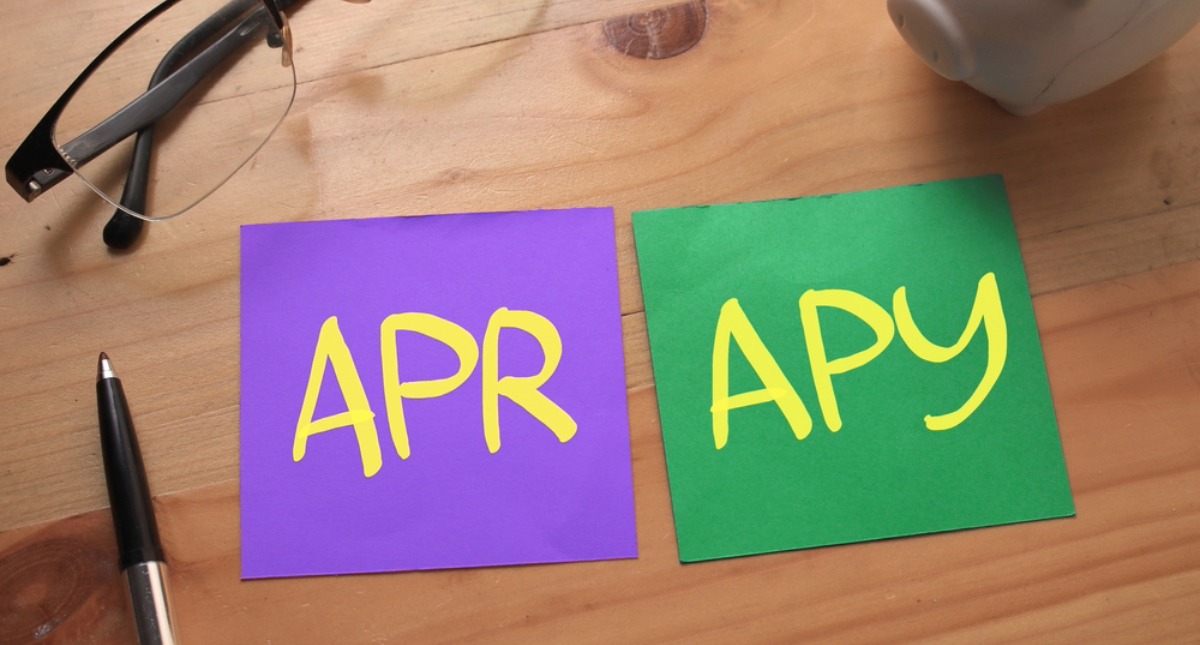Grid trading is a strategic trading method designed to capitalize on the market’s natural ebb and flow. This approach benefits from market volatility, aiming for profit maximization while managing risks.
Grid Trading Construction
To build a grid, follow these steps:
Pick an interval, like 10, 50, or 100 pips.
Choose the grid’s starting price.
Decide if the grid will follow or oppose the trend.
For a trend-following grid, if a trader starts at 1.1550 with a 10 pip interval, they would place buy orders at 1.1560 to 1.1600 and sell orders at 1.1540 to 1.1500. They need to exit to lock in profits when ahead.
Using an against-the-trend grid, starting again at 1.1550 with a 10 pip interval, the trader places buy orders at 1.1540 to 1.1500 and sell orders at 1.1560 to 1.1600. This setup secures profits as orders fill but requires a stop loss to manage risk if the price trends strongly in one direction.
Implementation of the strategy
To implement grid trading, define your price range and set buy and sell orders at each price level. Automated trading platforms can manage these orders, executing trades based on market conditions.
Grid works by taking advantage of market movements. It doesn’t rely on predicting long trends or exact market highs and lows. Instead, grid traders place many orders at various price levels to profit from price changes.
Choosing the Price Range
First, a trader picks the highest and lowest prices they expect an asset to reach. For example, if a trader thinks a stock at $50 will vary between $40 and $60 soon, they set this as their range.
Determining Grid Size

Next, the trader decides how many grids or levels to create within this range. In our example, choosing 10 grids means each level is $2 apart.
Placing Buy and Sell Orders
The trader then sets buy-and-sell orders at each grid level. Using the stock example, if it falls to $48, the trader’s buy order activates. If the stock then climbs to $52, the sell order kicks in, making a $4 gain per share.
Execution and Trade Management
Managing the grid actively is key. Traders need to adjust their strategies as the market changes. This might mean changing the grid’s range, closing positions by hand, or pausing trading during big news events or high volatility.
Trading Grid in Currency Market
In Forex markets, this grid trading involves placing buy and sell orders at predetermined price levels. It capitalizes on small price moves, often in range-bound markets, without the need for predicting market price direction. CMS Prime and other platforms support this trading strategy, catering to both beginners and experienced traders.
Real-life Currency Trading Example
Let’s look at a simple example of grid trading in action, focusing on the EUR/USD currency pair in the Forex market.
A trader notices the EUR/USD currency pair moving up and down between 1.1800 and 1.2200 over the last month. Seeing a chance, the trader decides to use a grid trading strategy.
The trader splits the price range from 1.1800 to 1.2200 into eight parts, creating a grid where each step is 0.0050 apart. This setup means placing buy orders at points like 1.1800, 1.1850, and 1.1900, while sell orders are at 1.2200, 1.2150, and so on.
A week later, news events caused the EUR/USD to drop to 1.1850, activating a buy order. Then, good news from the Eurozone caused the price to jump to 1.1950, filling the trader’s sell order. This trade made a profit of 0.0100 or 100 pips.
Trading using the grid in the crypto market

A trader watches Bitcoin, priced at $40,000, and decides to use a grid trading strategy. Instead of guessing where Bitcoin will go next, the trader places buy orders for every $1,000 it falls and sell orders for every $1,000 it rises. This means setting buy orders at $39,000, $38,000, etc., and sell orders at $41,000, $42,000, and so on.
When Bitcoin’s price falls to $39,000, the buy order triggers at that level. If Bitcoin climbs to $41,000, the trader sells the Bitcoin purchased at $39,000, earning a profit of $2,000.
Futures Trading Grid in Crypto
Crypto markets, known for their volatility, are ideal for grid bot trading. Traders set up grids within a trading account to automatically execute buy and sell orders, leveraging price swings for profits.
So, How Does The Futures Grid Bot Work?
A Futures Grid Bot automates trading by executing orders at regular intervals within a set price range. It buys low and sells high, continuously taking advantage of market moves.
Let’s consider Alex, a crypto trader who decides to apply grid trading to Bitcoin, given its notorious volatility. Bitcoin’s current price is $20,000, but recent market analysis suggests fluctuations between $19,000 and $21,000 are likely in the short term.
Setting Up the Grid
Alex sets his grid with a $200 interval within the expected fluctuation range. He places buy orders at every $200 decrease from the current price—$19,800, $19,600, down to $19,000. Simultaneously, he sets sell orders at every $200 increase—$20,200, $20,400, up to $21,000.
Trade Execution
Soon after, a news report triggers a sell-off, dropping Bitcoin’s price to $19,600. Alex’s buy order at $19,600 gets triggered, adding Bitcoin to his portfolio at this lower price. Days later, a positive market correction pushes Bitcoin’s price to $20,400, where Alex’s sell order at $20,400 activates, selling the previously bought Bitcoin for a $800 profit.
Continuous Strategy
As Bitcoin continues to fluctuate within this range, Alex’s grid strategy automatically buys low and sells high, capturing profit from these price movements. He adjusts his grid dynamically, based on ongoing market analysis, to optimize his trading strategy as market conditions evolve.
Outcome
By leveraging grid trading in the volatile crypto market, Alex secures profits from short-term price movements without having to predict the market’s direction. His strategy capitalizes on cryptocurrencies’ inherent volatility, demonstrating how grid trading can be an effective approach in such unpredictable markets.
Advantages and Disadvantages

Advantages: It can capture profits from minor price changes and does not require predicting market trends. It’s suitable for both trending and range-bound markets.
Disadvantages: It may lead to potential losses during strong, unidirectional market moves without effective risk management.
Managing Risk
Implementing stop loss orders and monitoring market conditions are crucial. Adjust your strategy based on volatility and market trends to protect your investment.
Tips for Successful Grid Trading
- Start with a clear understanding of grid trading works.
- Use demo accounts to practice.
- Keep an eye on market trends and volatility.
- Apply effective risk management strategies.
Special Considerations
Grid Trading’s main benefit is that it lets you trade without predicting the market’s direction. By setting up a grid of pending orders, you can step away from your computer, knowing you’ll catch profit opportunities regardless of price movement.
However, this strategy carries risks, especially if take profit levels aren’t quickly met once a position activates. Also, handling a large number of pending orders means managing many trades.
While Grid reduces manual work, it still demands regular market checks. You should close orders opposing a forming trend and monitor active trades to ensure prices hit your set take-profit levels, avoiding significant losses.
Adjust your grid strategy by changing the price levels, intervals, and order sizes based on current market analysis and your risk tolerance.
To craft an effective grid trading strategy, understanding your market’s typical behavior and managing the risk/reward ratio with your analytical tools is crucial.
FAQ

Is Grid Trading a Good Strategy?
Yes, grid trading can be a good strategy if used in the right market conditions and with proper risk management.
Is Grid Trading Illegal?
No, grid trading is not illegal. It’s a recognized strategy in various markets, including Forex and crypto.
How Risky Is Grid Trading?
Grid trading carries its risks, especially in highly volatile markets. Without proper risk management, traders may face significant losses.
Are Grid Trading Bots Profitable?
Grid bots can be profitable, automating the strategy to exploit market volatility. Success depends on setting appropriate grids and adjusting to market changes.
Grid offers a methodical approach to navigating market volatility, allowing traders to potentially profit from both minor and significant price movements. While it offers an avenue for profit in various market conditions, it’s essential to apply sound risk management practices to safeguard against unexpected market shifts.
















